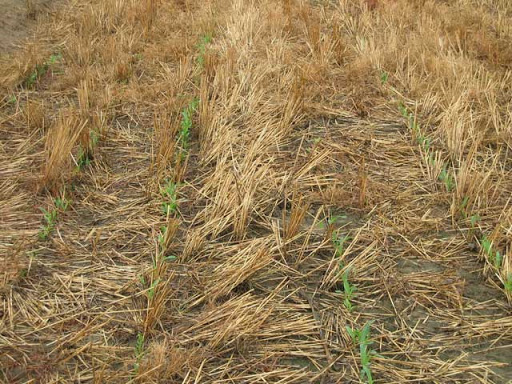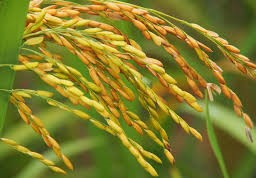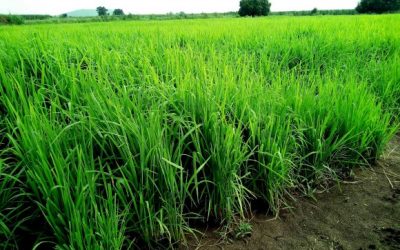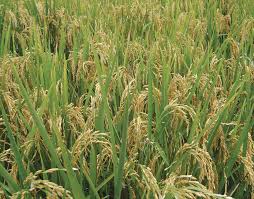Making compost from Rice straws.

Small scale farmers can struggle to keep their soil healthy, and often resort to buying fertilisers to improve their yield, but with a bit of extra work to make compost, yield can be increased naturally and the soil improved year by year. To turn your rice straw into compost, requires a series of steps that control and accelerate the decomposition by microorganisms. With the right conditions, your compost will be ready in 4 months.
After harvesting or milling, the straw or rice husks are placed in piles. Here are some tips for good results:
– The key to make good compost is adequate supply of N, moisture content, and abundant microorganisms.
– Composting is best when sites are leveled, well drained, under shade, and when compost materials are chopped into small pieces (3−5 cm).
– If possible, compost heaps should be built in layers consisting of cereal crop material (high C and low N content) combined with legume or manure wastes (higher N content). Mix in a ratio of 2:1 (cereal:legume/manure). Many farmers leave the rice straw in large piles where it lands after threshing, but this is not the best method.
– Compost heaps should be kept moist
– Not too wet (e.g., no water draining from the compost pile) and not too dry (e.g., straw so dry it cracks when bent)
– To aid decomposition, sprinkle your compost heap with decaying material (e.g. cow dung slurry, cow urine), a dilute solution of N fertilizer (such as urea) and/or with a micro-organism solution (e.g., Trichoderma harzianum commonly called “tricho”). Such additives are desirable because they contain nitrogen and/or microorganisms that aid decomposition.
– Many farmers build compost heaps and then just let them stand, but it is best to mix and turn the heaps every two weeks.
– When moisture and temperature conditions are good, compost will be ready in 4-8 weeks.
Advantages of this compost:
– The Compost contains a range of micronutrients and microorganisms that are beneficial to crop growth and soil health, and which are not usually contained in inorganic fertilizers.
– Composting concentrates the nutrients in otherwise poor quality rice by-products.
– Nutrients in compost are released slowly and are less likely to be lost by leaching.
– The high temperatures generated in composting (above 55oC) keep pathogen levels low and reduce the viability of weed seeds contained in the compost material.
– Once compost is ready to use, it is easy to handle (it is fairly stable and has little odor).
– Organic wastes are widely available on farms.


